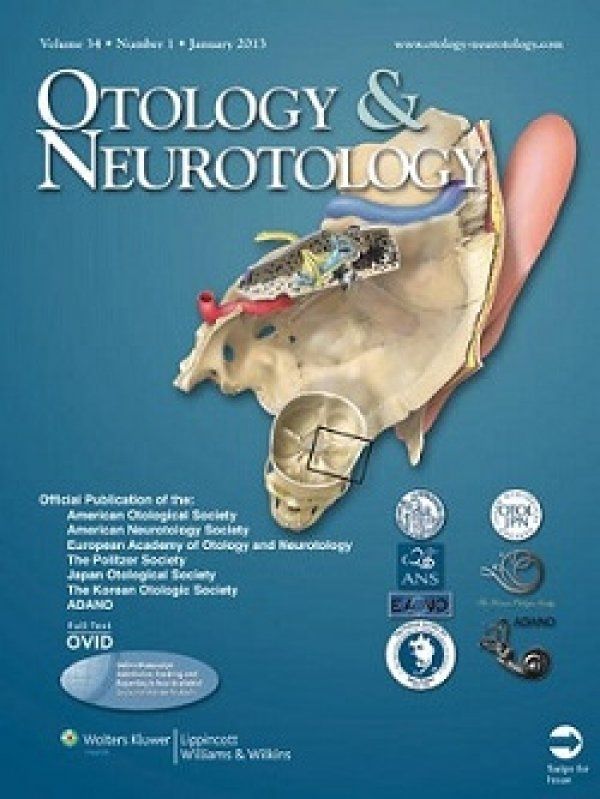Cochlear Implantation in Otosclerosis: Surgical and Auditory Outcomes With a Brief on Facial Nerve Stimulation
Abstract
OBJECTIVES
- To review the surgical and auditory outcomes in patients of cochlear implantation in otosclerosis.
- To review complications and postimplantation facial nerve stimulation (FNS).
- To compare the auditory outcomes between patients displaying cochlear ossification to the nonossified ones.
STUDY DESIGN
Retrospective study.
SETTING
Quaternary Otology and Skull base surgery center.
SUBJECTS AND METHODS
Charts of 36 patients (38 ears) with otosclerosis undergoing cochlear implantation were reviewed from the cochlear implant database. Demographic features, operative findings, auditory outcomes, and postimplantation FNS were analyzed. Operative findings included extent of cochlear ossification, approach (posterior tympantomy/subtotal petrosectomy), electrode insertion (partial/complete, scala tympani/vestibuli), and complications. All the patients underwent implantation using straight electrodes. Auditory outcomes were assessed over a 4-year follow-up period using vowel, word, sentence, and comprehension scores. Patients were divided into two groups (with and without cochlear ossification) for comparison of auditory outcomes.
RESULTS
The mean age and duration of deafness of patients was 59.72 and 28.9 years respectively. Twenty-three of 38 ears had cochlear ossification, with exclusive round window involvement in 60% of the patients, with the rest having partial or complete basal turn ossification. 36.8% ears underwent subtotal petrosectomy for cochlear ossification. One patient underwent scala vestibuli insertion and two had incomplete electrode insertion. Patients with no ossification had no intra or postoperative complications. One patient had bilateral FNS managed by alterations in programming strategy. Auditory outcomes in patients without any ossification were better than in patients with ossification, though statistically insignificant in most parameters.
CONCLUSIONS
Cochlear implantation in otosclerosis provides good auditory outcomes, despite high incidence of cochlear ossification. Patients of FNS can be managed by alterations in programming strategy, without affecting auditory outcomes.


